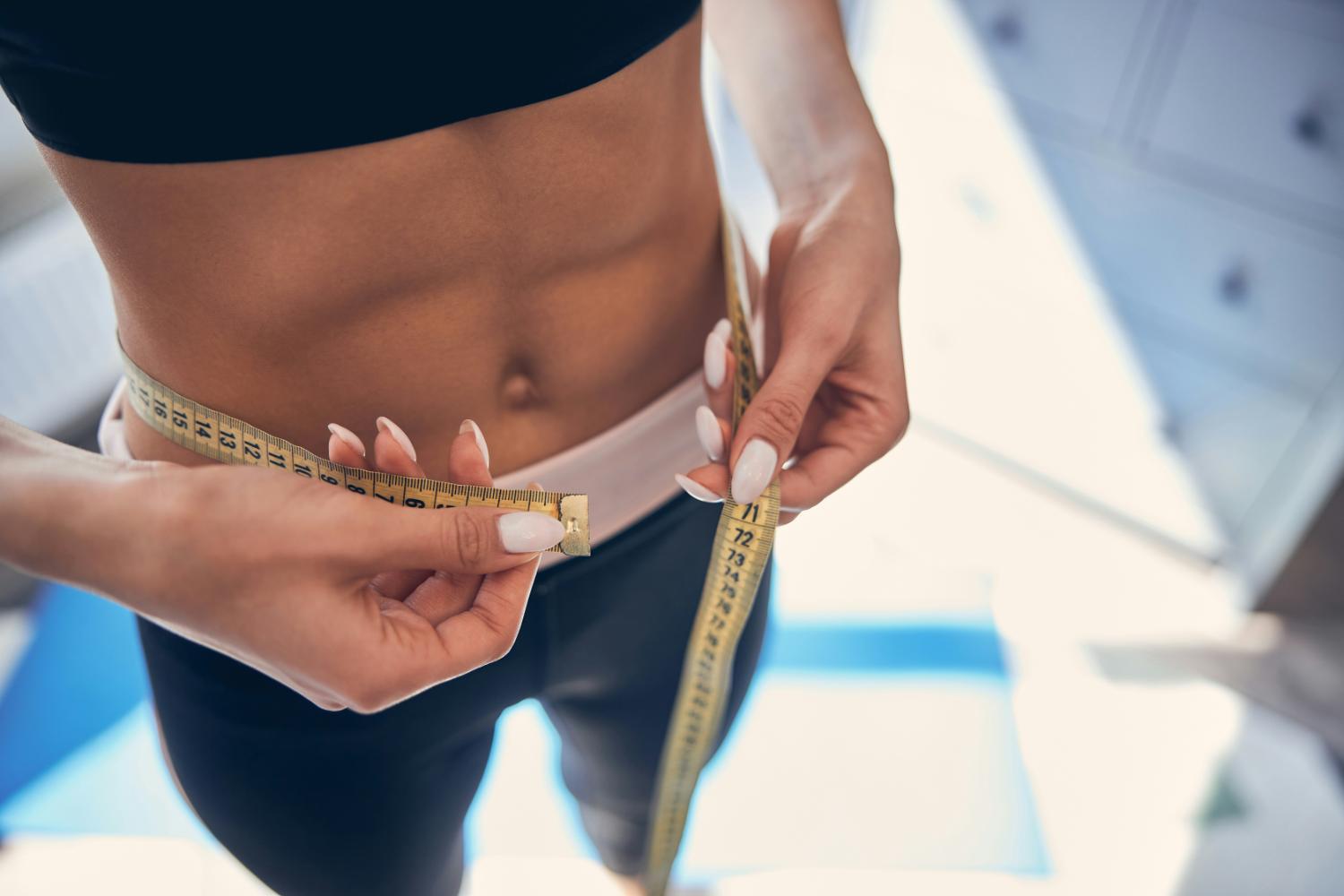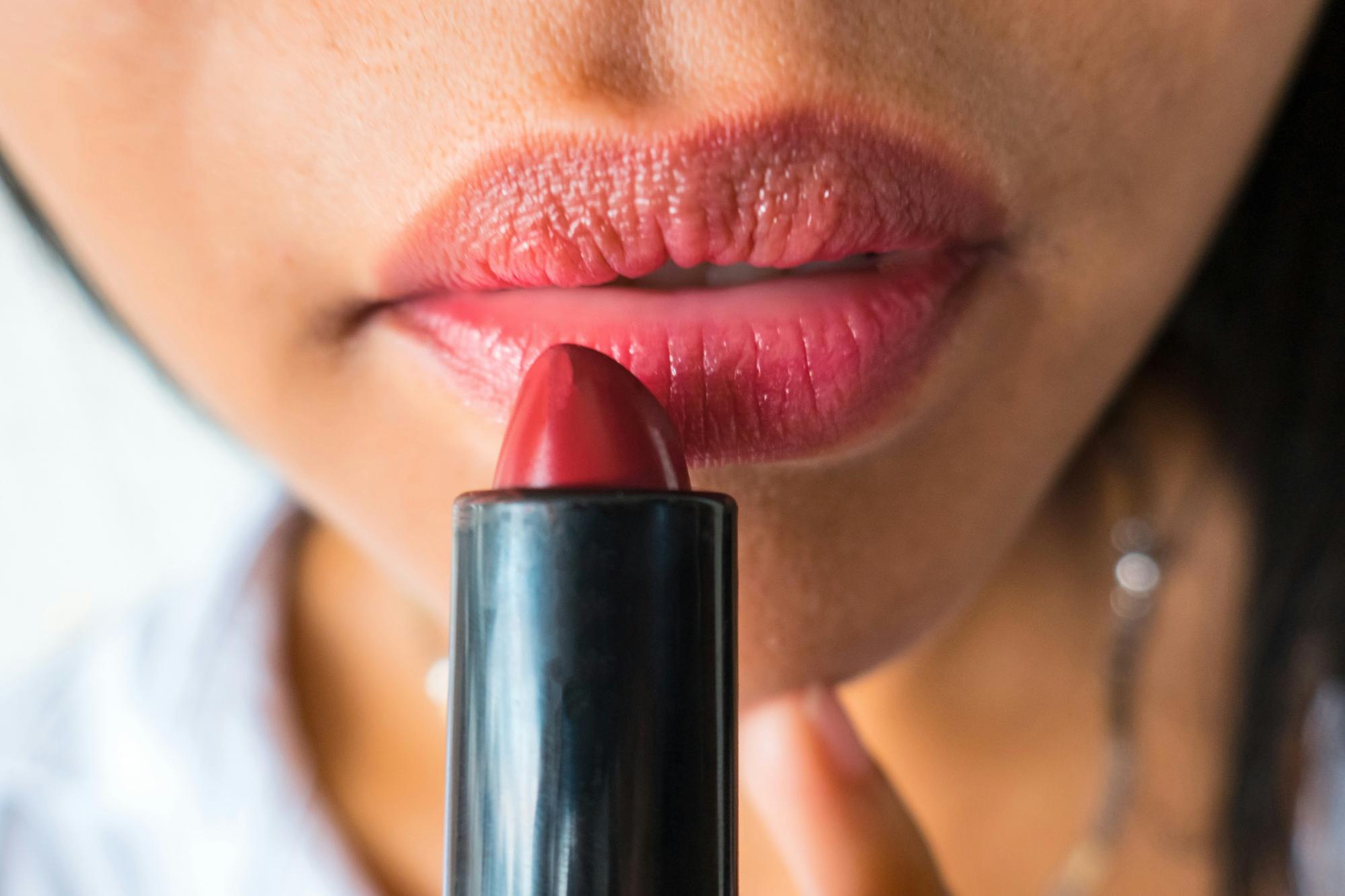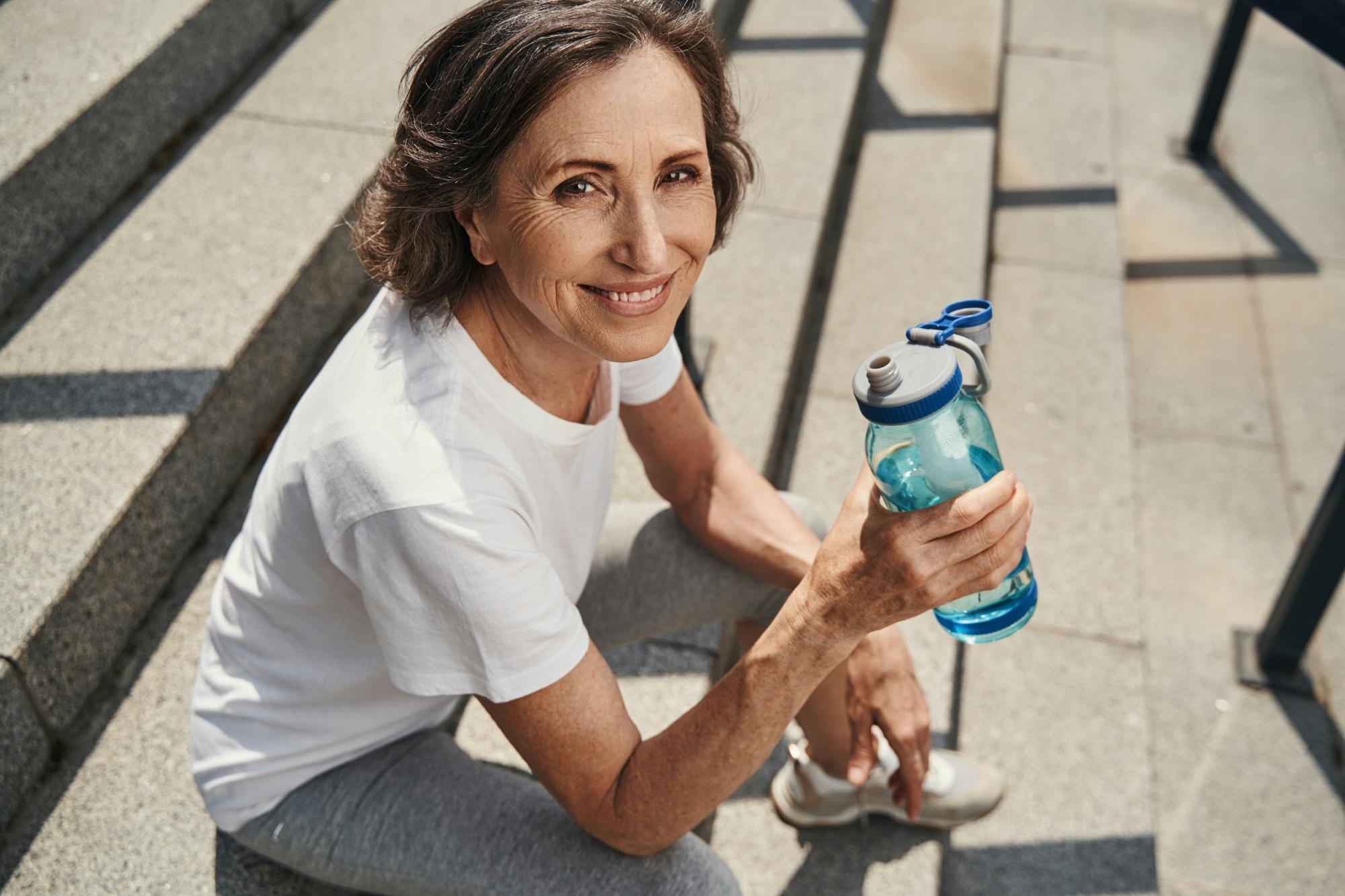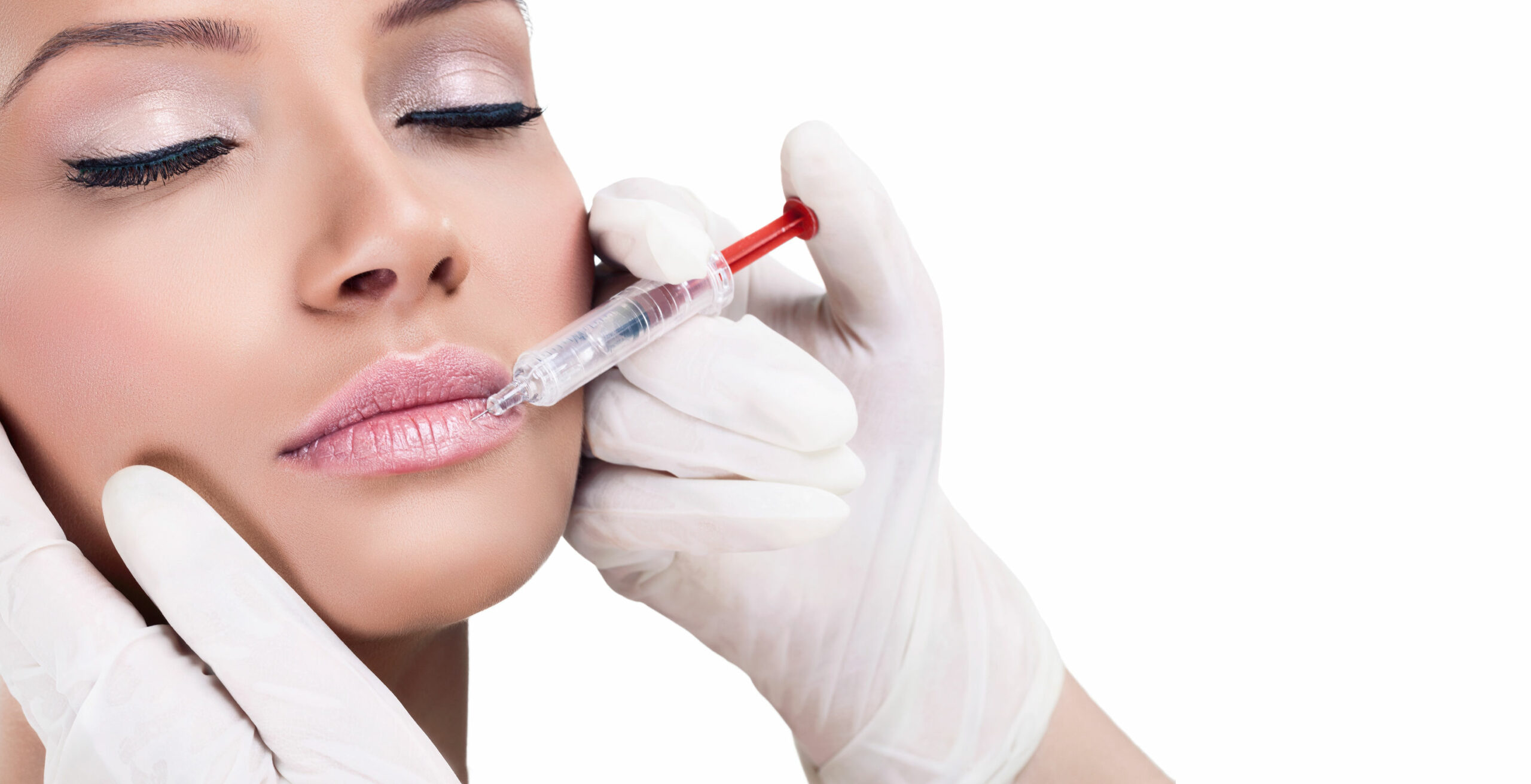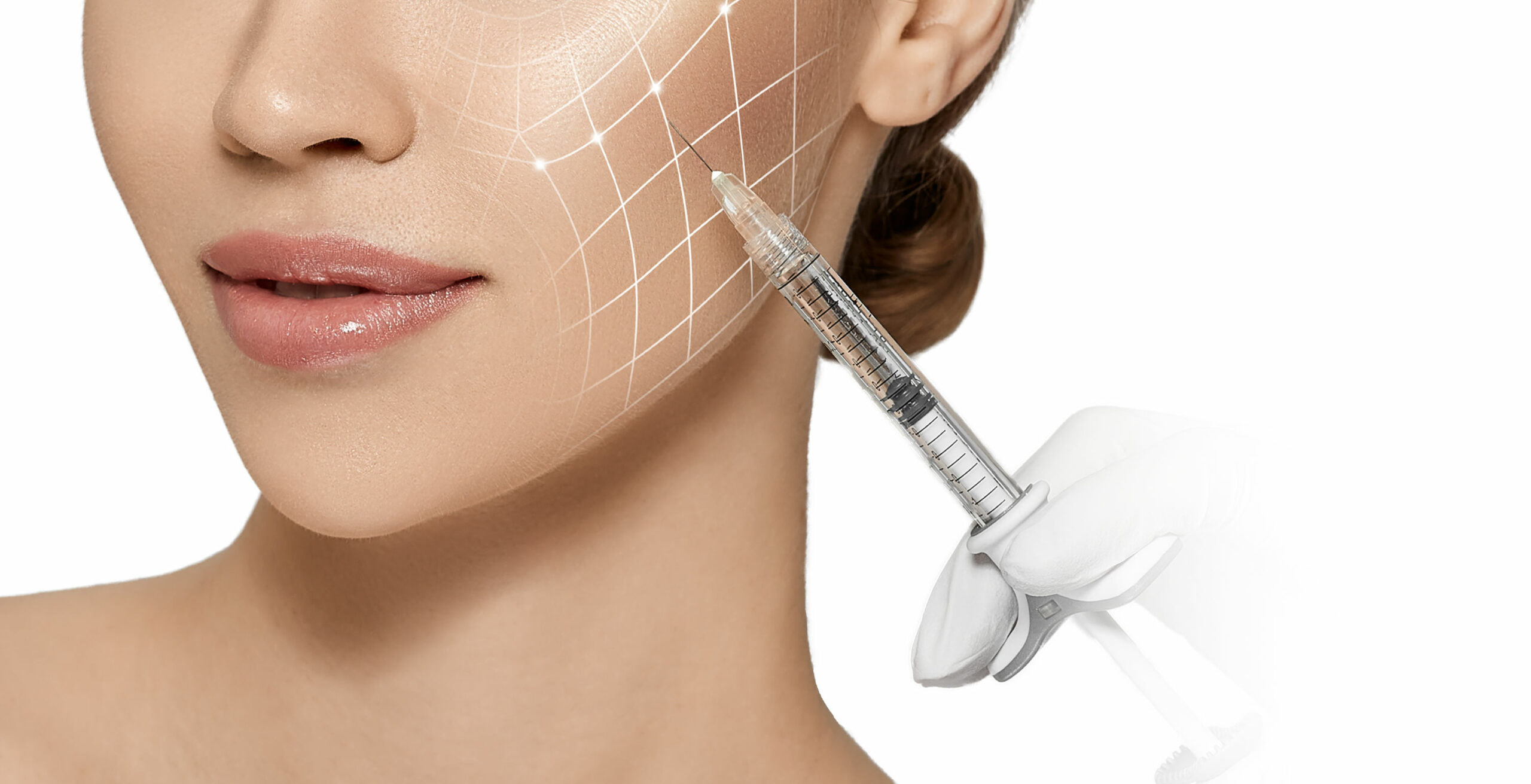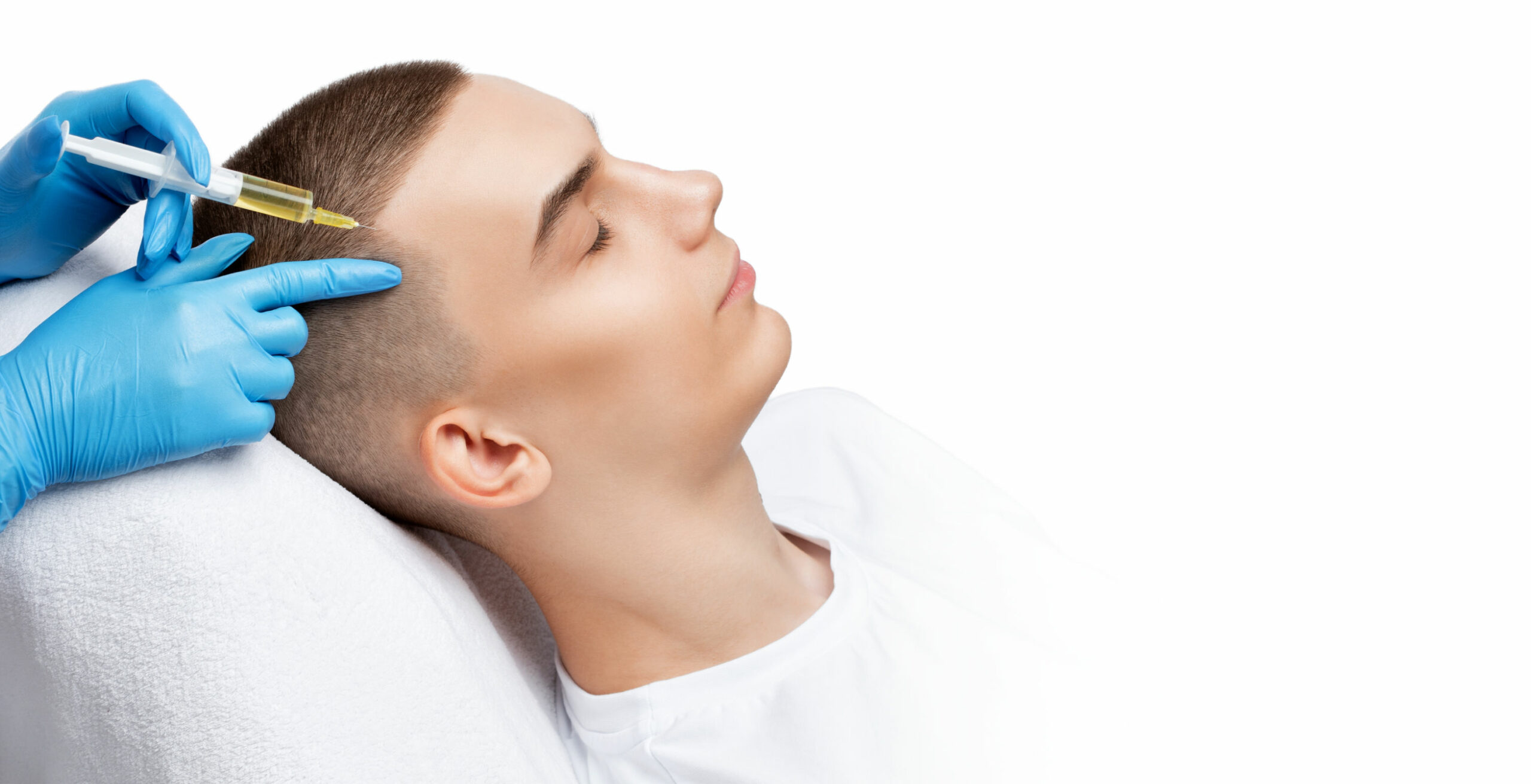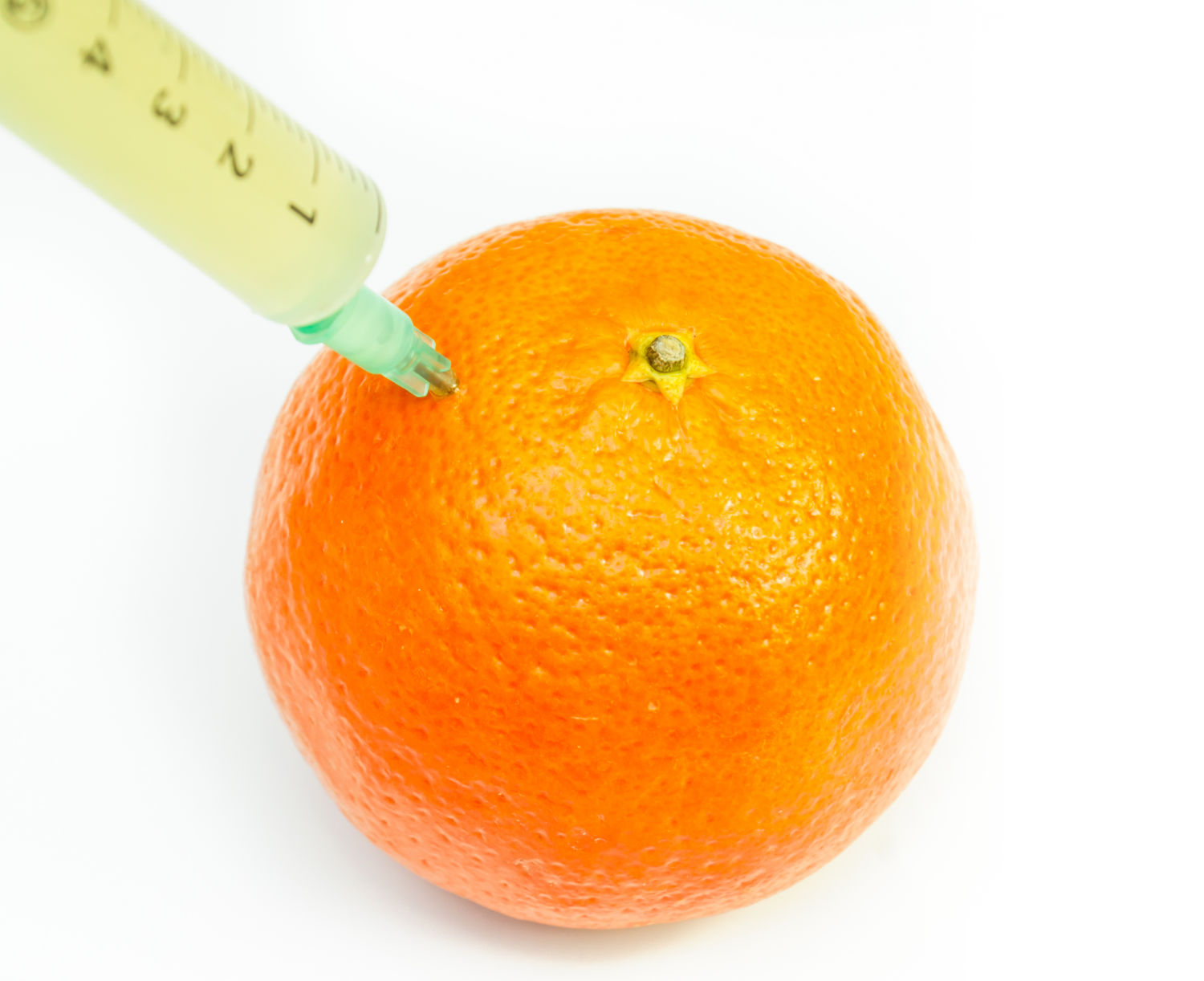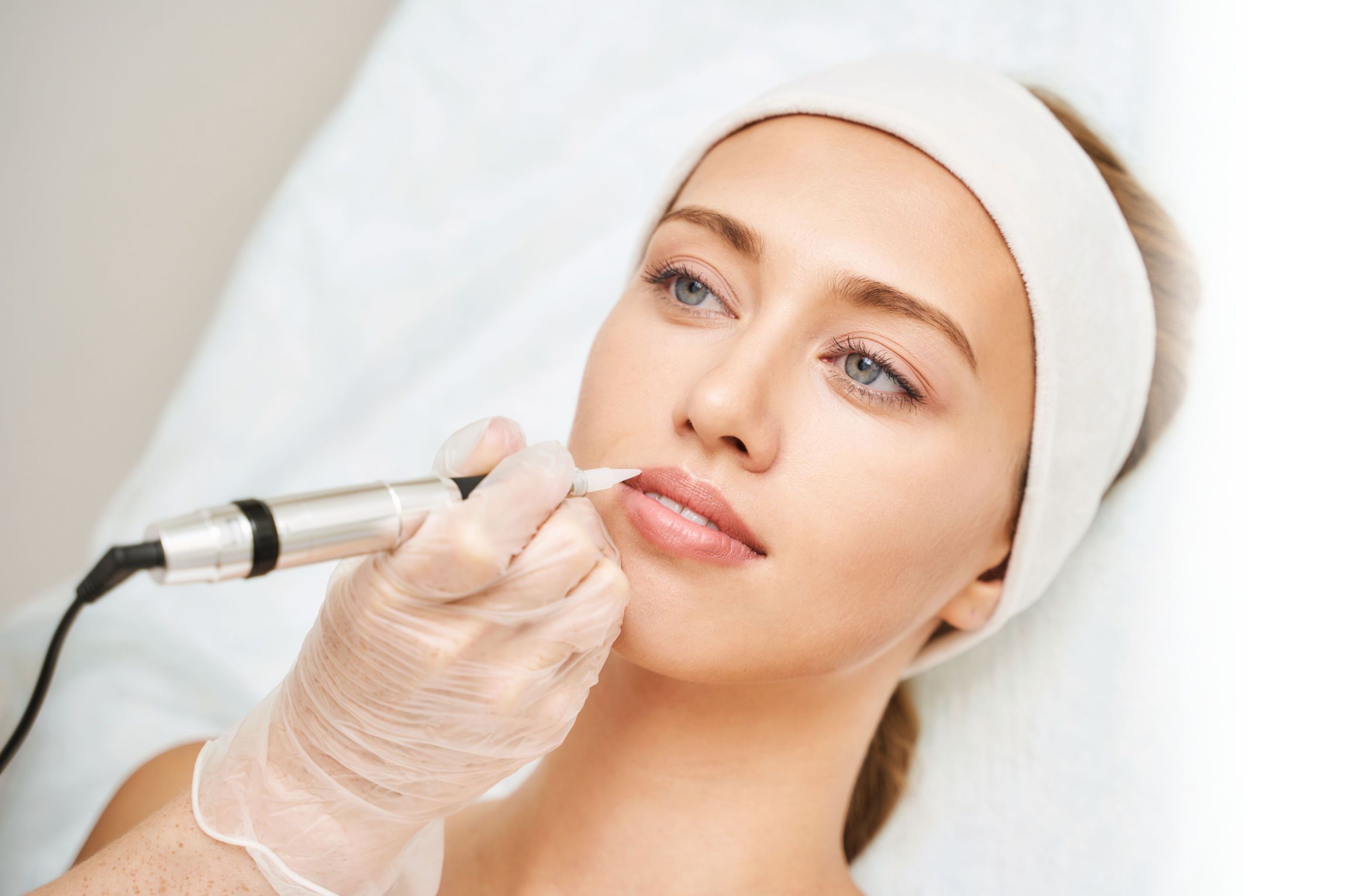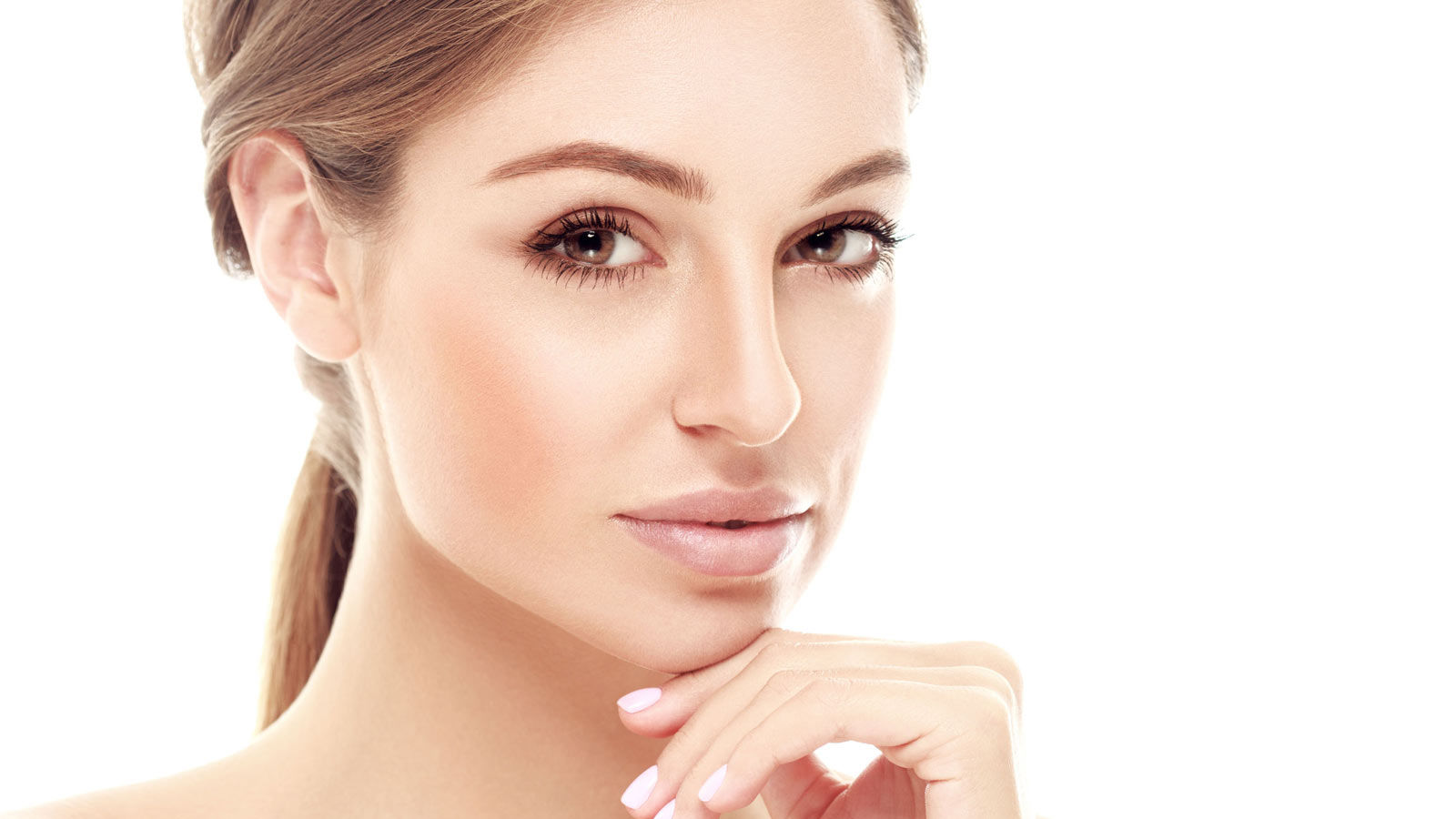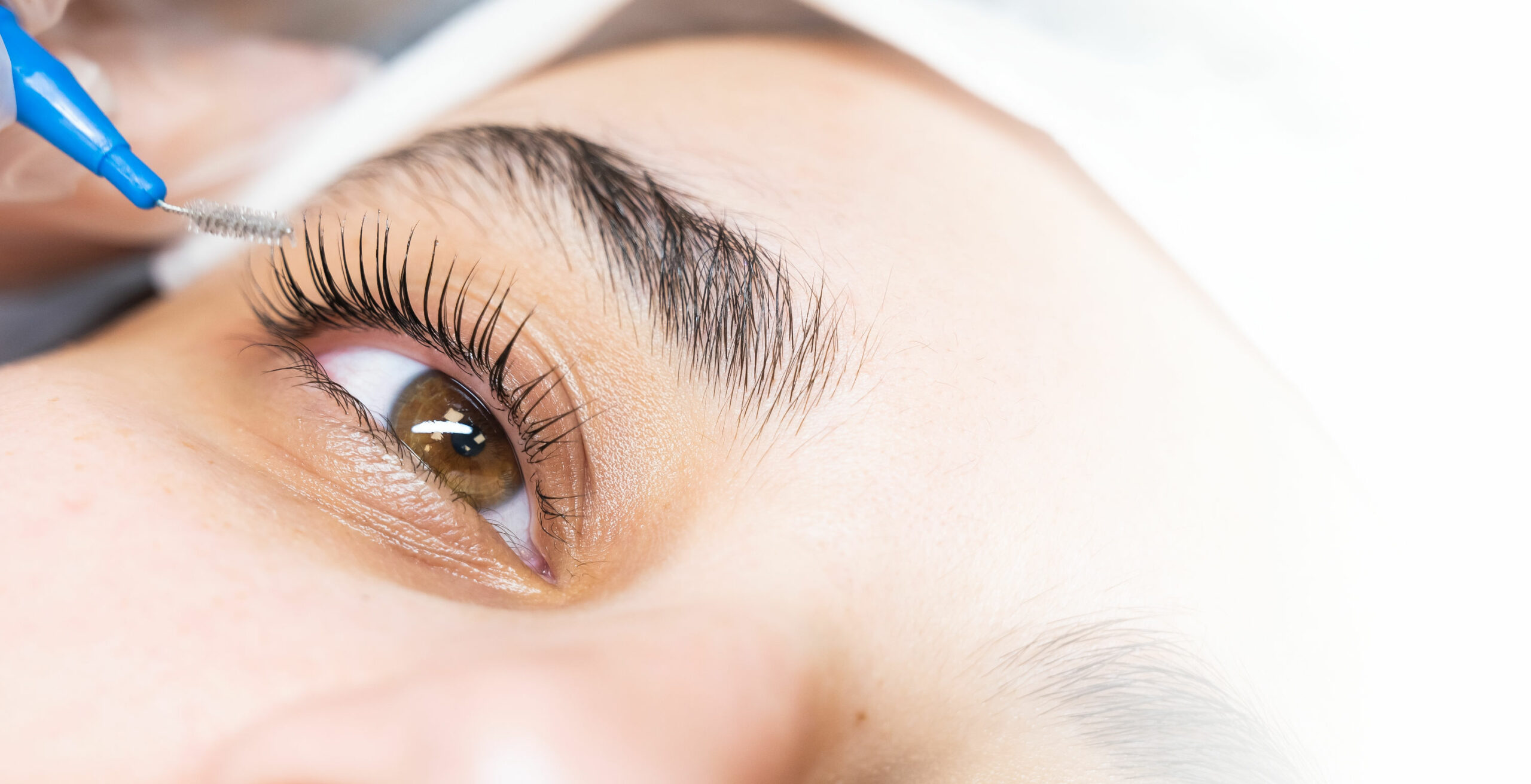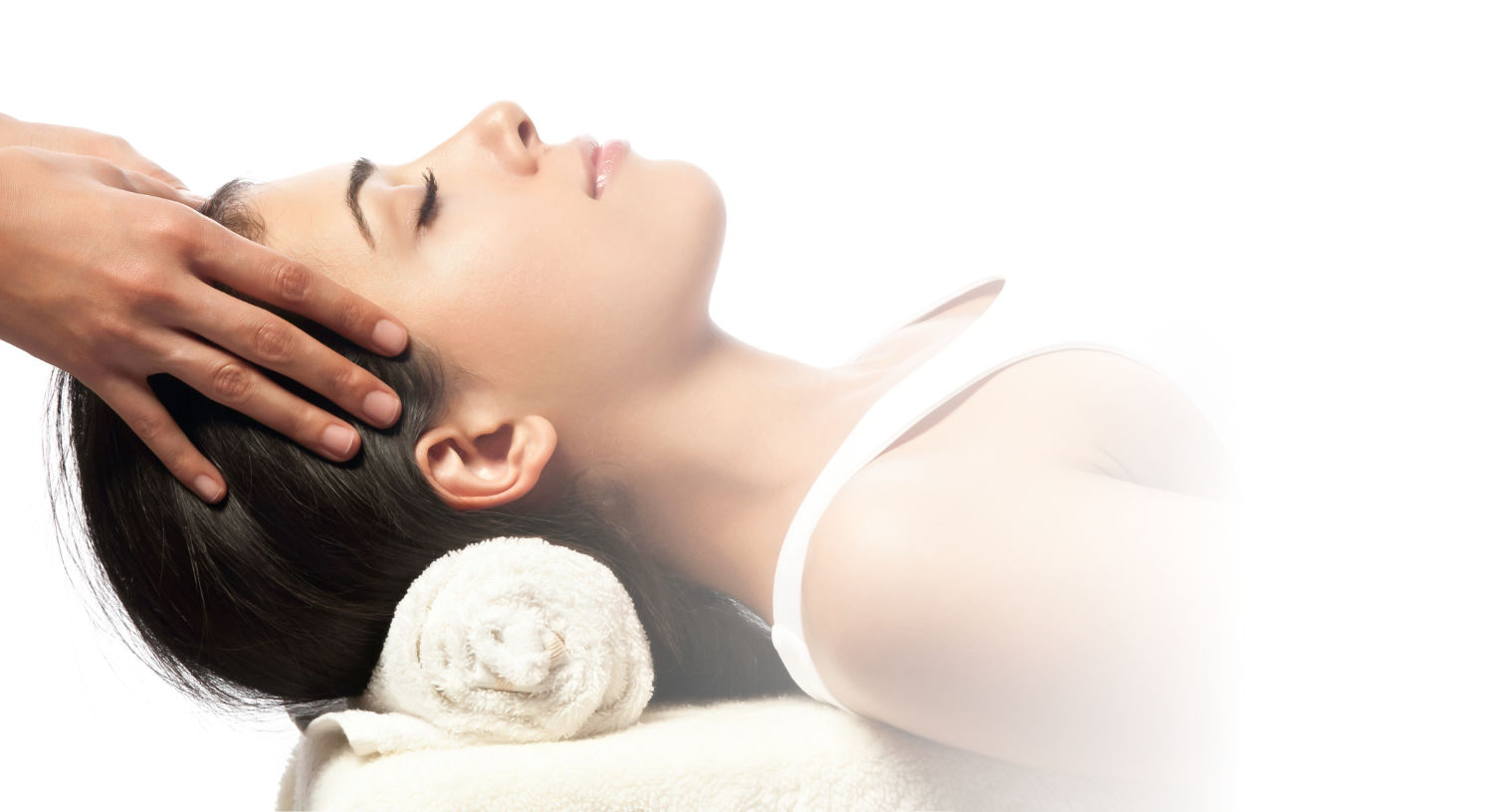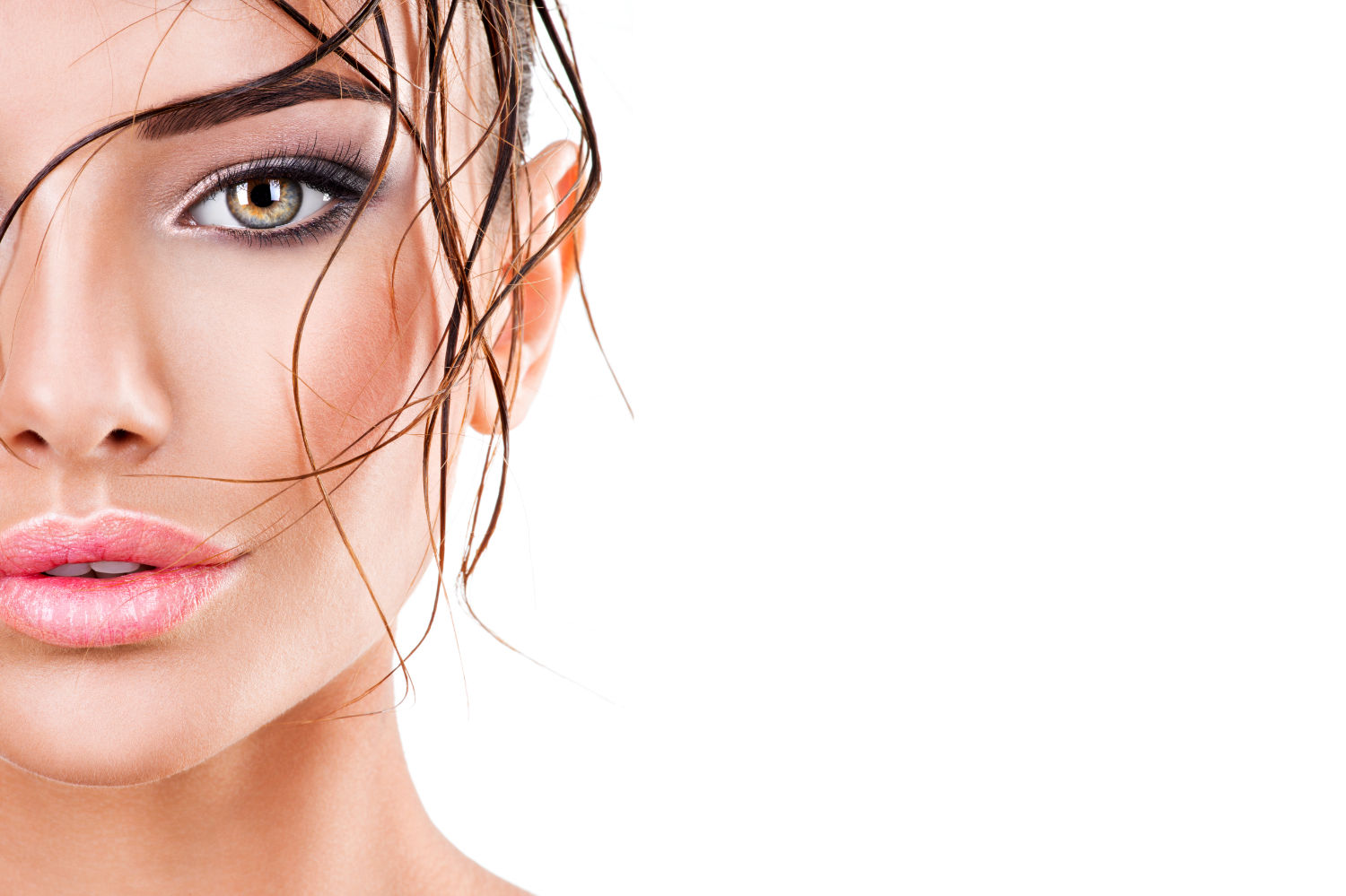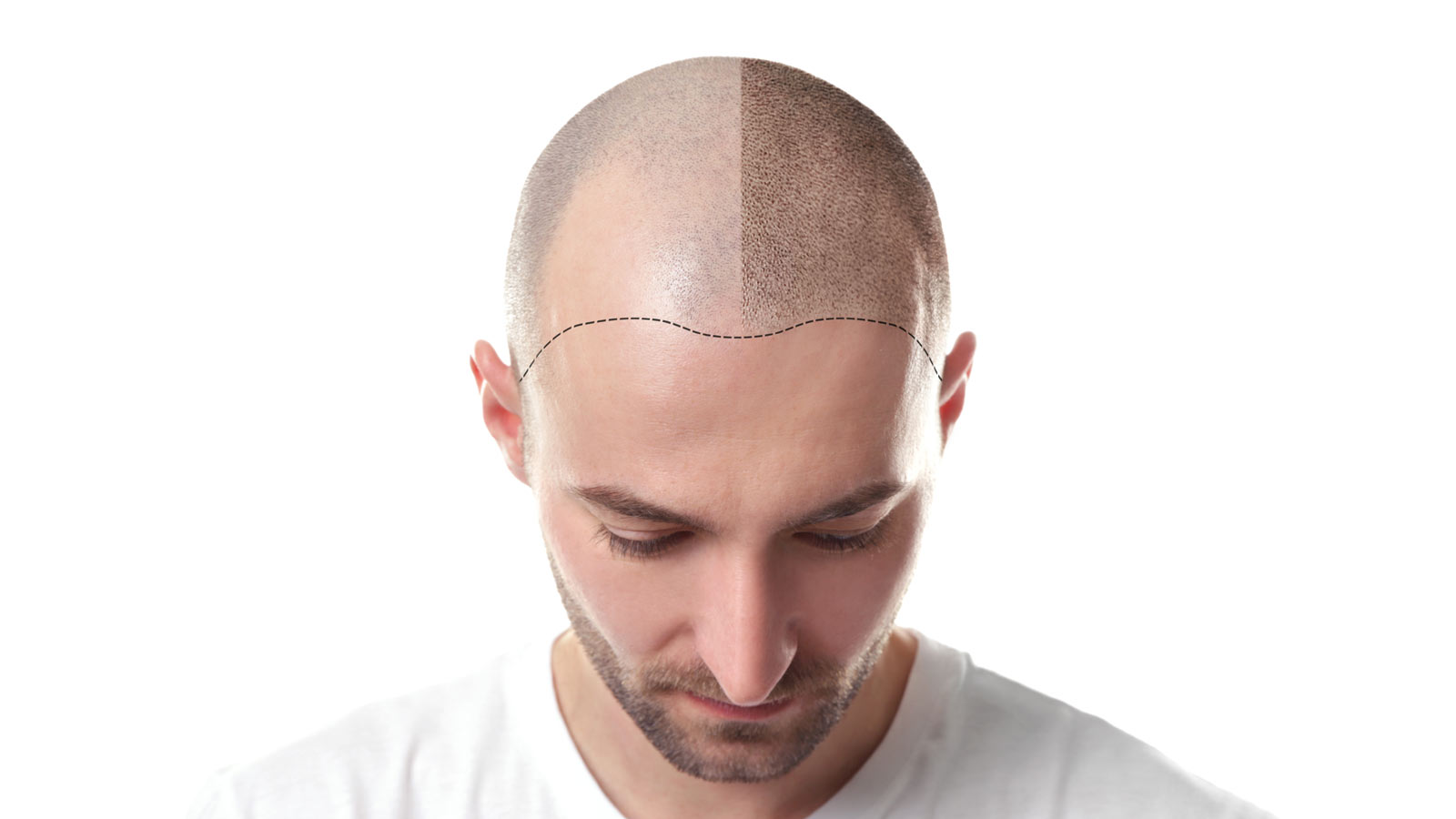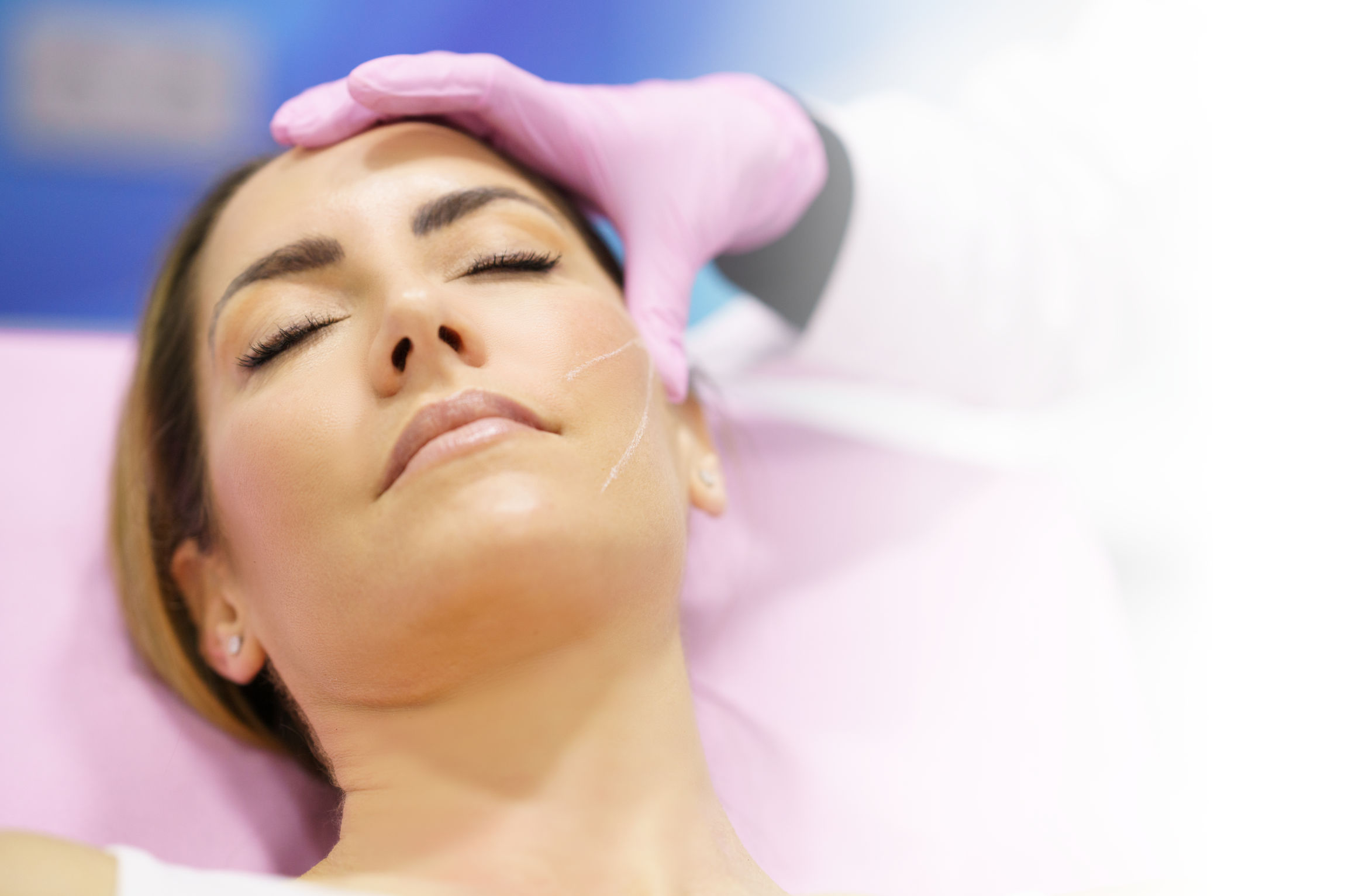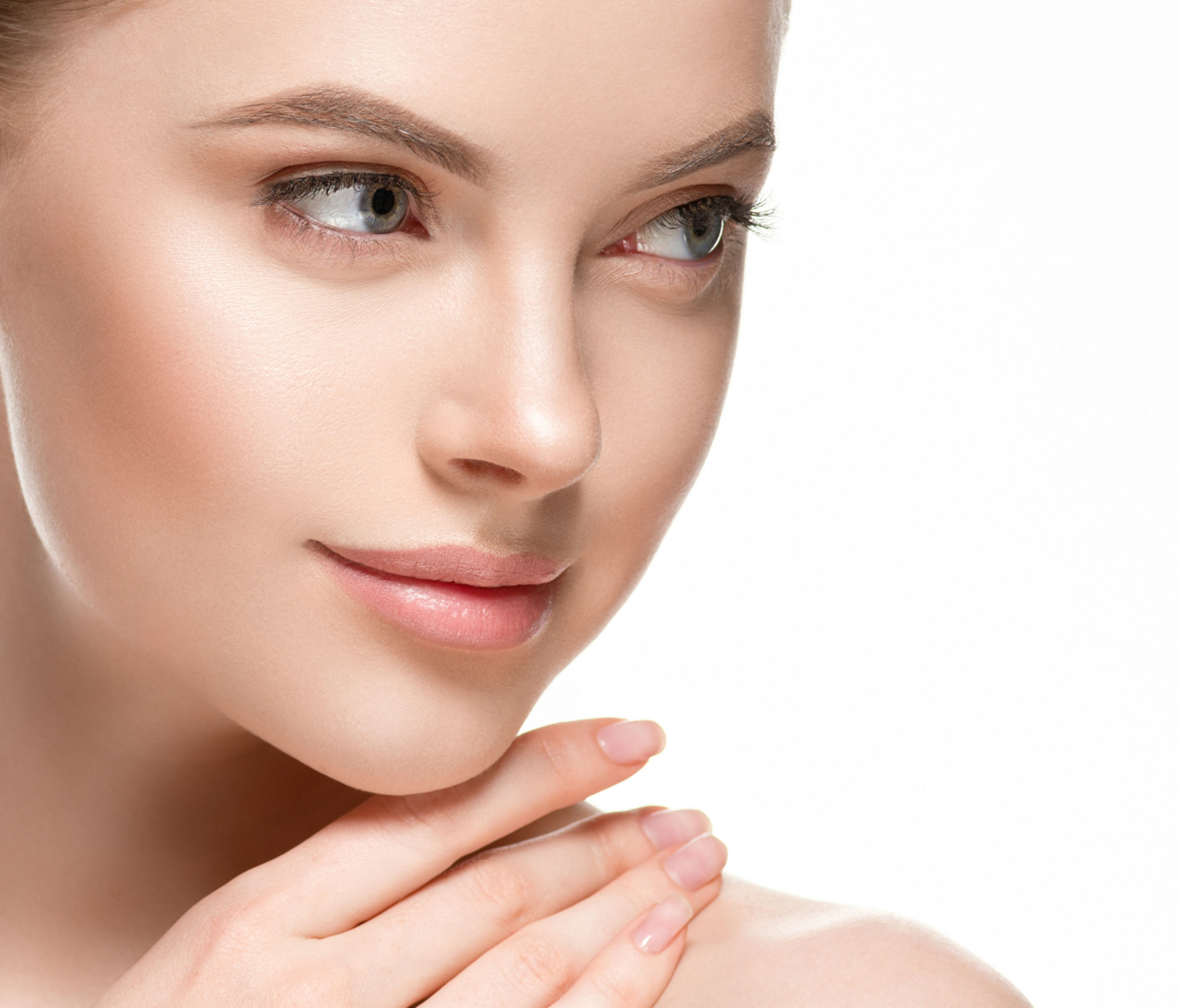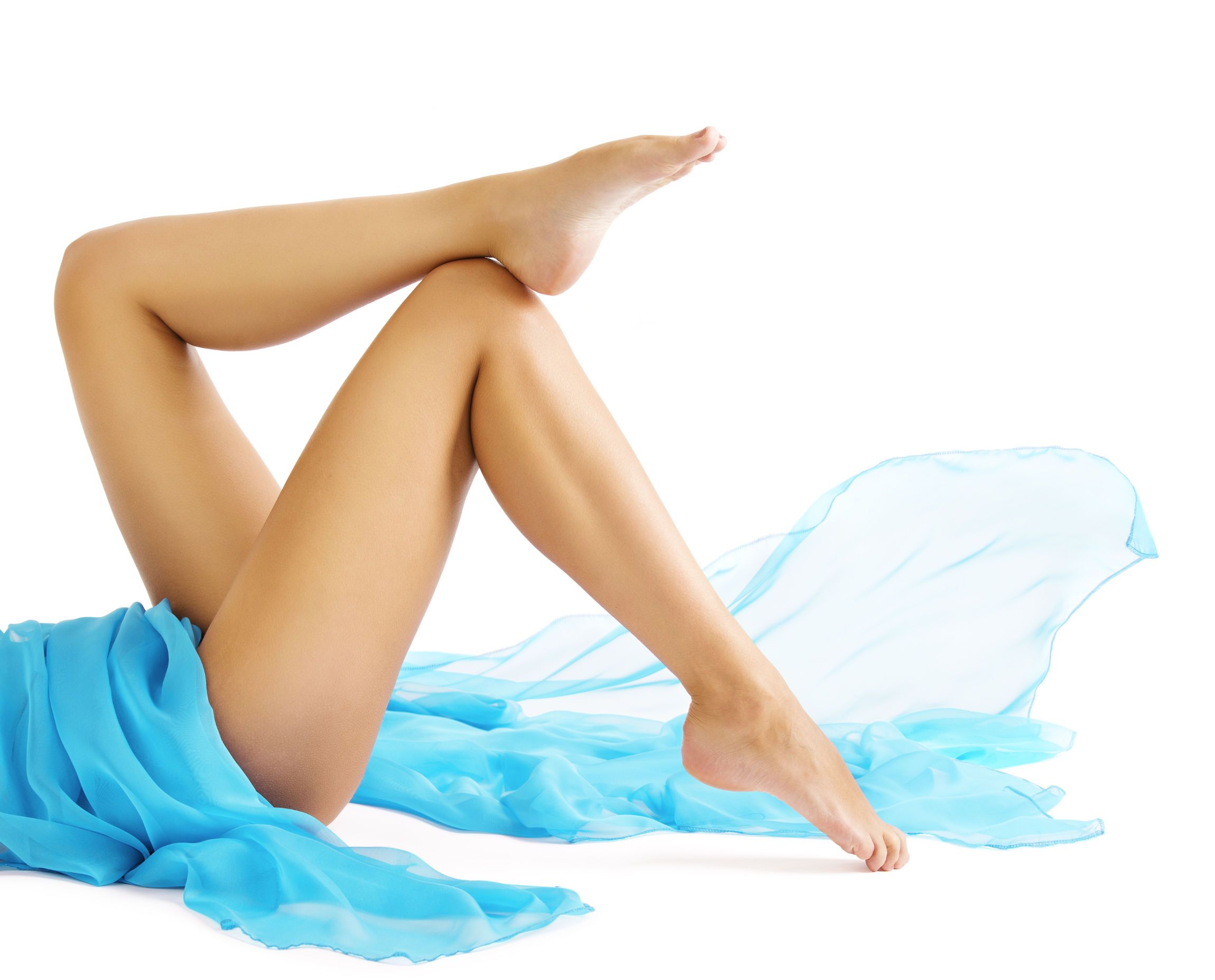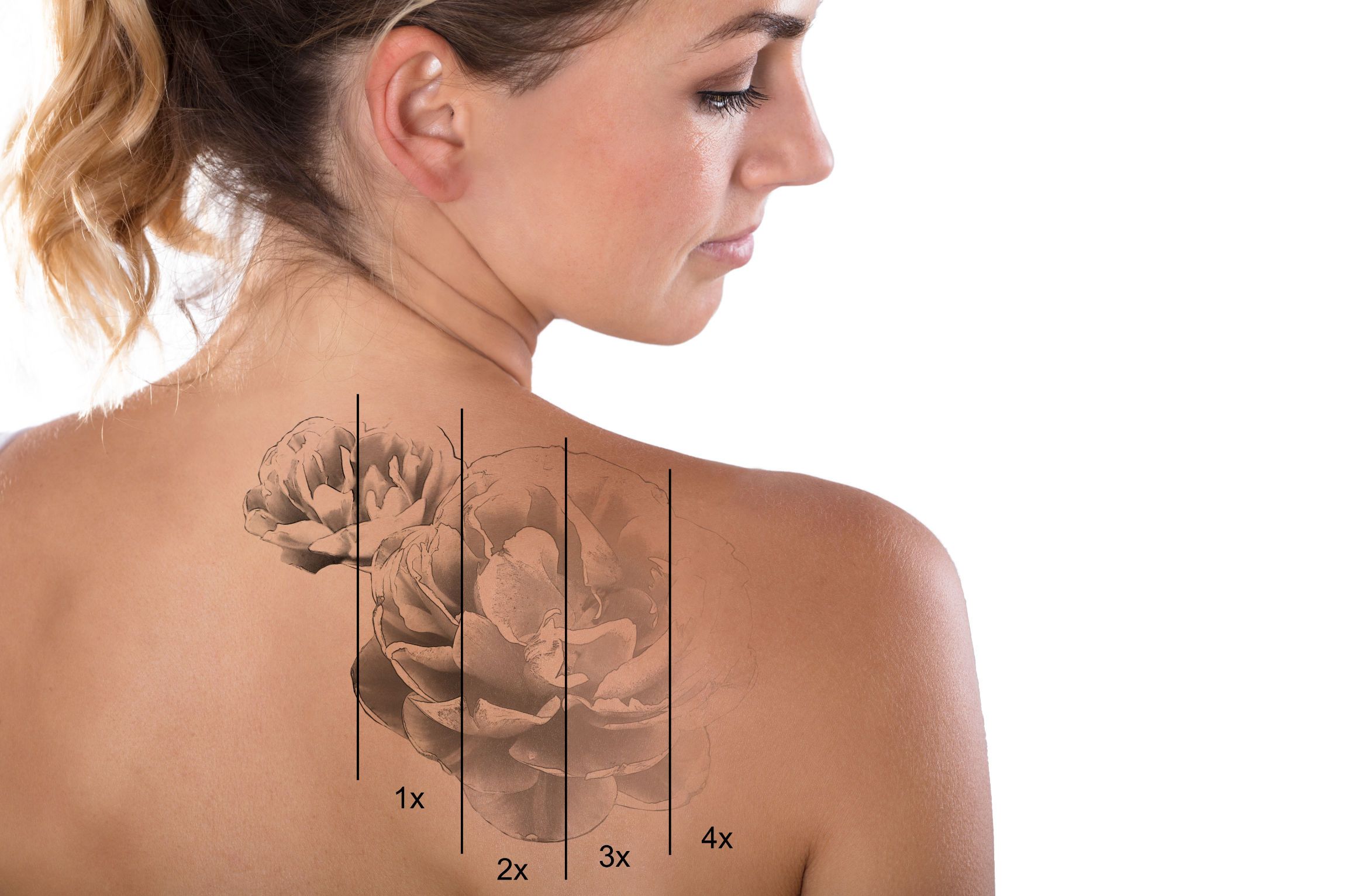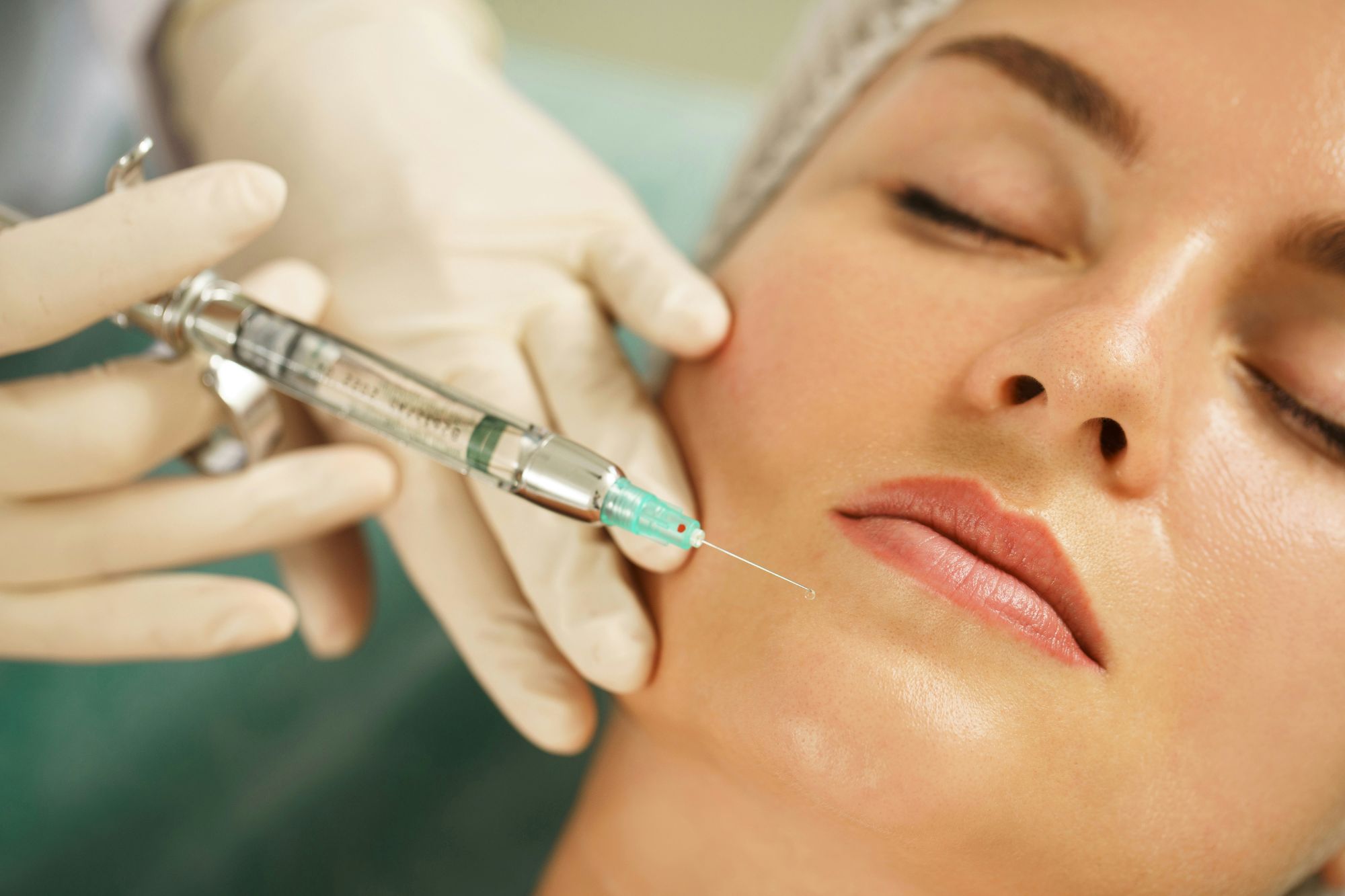
Here’s how Botox can make you look younger
Botox, derived from Botulinum toxin, is a widely recognized cosmetic treatment. It temporarily relaxes facial muscles, making it a popular choice for addressing wrinkles and fine lines. These wrinkles often result from repetitive facial expressions, such as smiling or frowning.
By selectively targeting specific muscles, Botox helps soften expression lines, creating a more refreshed and youthful appearance. Whether you’re considering it for aesthetic reasons or to manage certain medical conditions (like migraines or excessive sweating), understanding Botox’s mechanism and benefits is crucial.
What is Botox?
Scientifically known as Botulinum toxin, it inhibits nerve signals that trigger muscle contractions. When injected into specific areas, it temporarily paralyses the targeted muscles, preventing them from contracting. As a result, the overlying skin smoothes out, reducing the appearance of wrinkles.
Botox is particularly effective for treating dynamic wrinkles, which form due to repetitive movements (like squinting or raising eyebrows). Its precision allows for localised treatment, ensuring natural-looking results. Remember that individual responses may vary, so consult a qualified professional to discuss your specific goals and expectations.
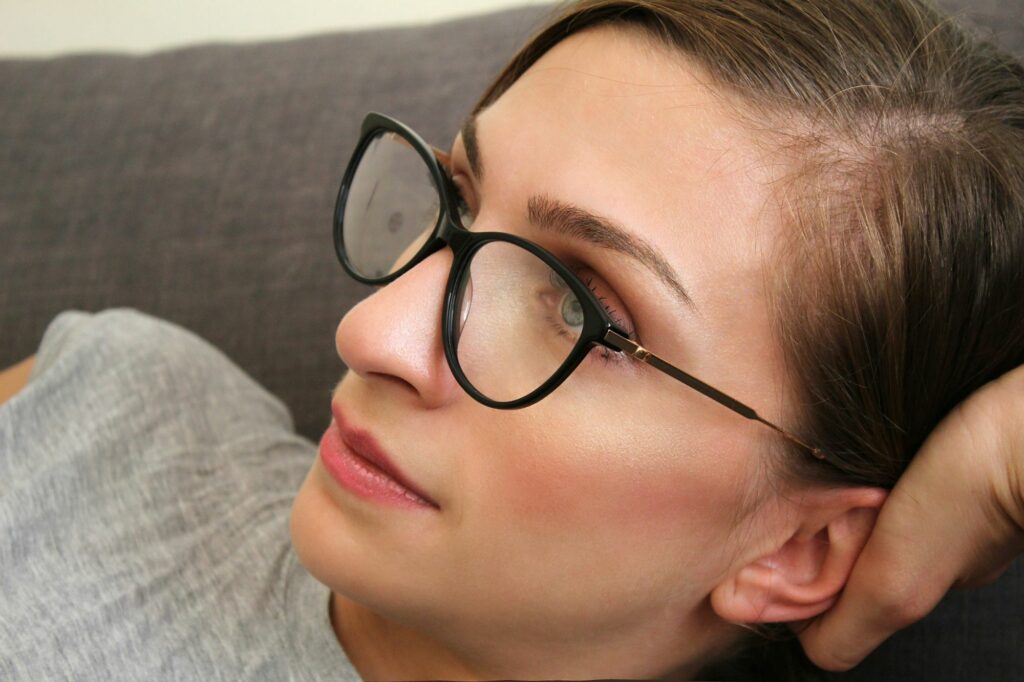
Effective Treatment Areas for Botox
Botox injections target specific areas to reduce wrinkles and enhance facial aesthetics. Here are the common treatment sites:
- Crow’s Feet (Around the Eyes):
These fine lines radiate from the outer corners of the eyes. Botox relaxes the muscles responsible for crow’s feet, resulting in smoother skin. The delicate eye area responds well to Botox, providing a youthful appearance. - Frown Lines (Between the Eyebrows):
Also known as the “glabella” or “11” lines. Botox injections soften these vertical wrinkles, reducing the tired or angry appearance. Achieve a more vibrant, refreshed look by targeting this area. - Forehead Lines:
Horizontal wrinkles along the brow are common signs of aging. Botox effectively treats forehead lines by relaxing the underlying muscles. Results are natural and can last 3–6 months.
Safety and Pain
Botox is generally safe when administered by experienced professionals. It is an injectable drug made from botulinum toxin type A, produced by the bacterium Clostridium botulinum. Although this toxin causes botulism (a life-threatening form of food poisoning), its effects vary based on the amount and type of exposure.
Botox is only injected in small, targeted doses, blocking signals from nerves to muscles. This prevents muscle contractions, easing certain conditions and improving fine lines. Serious adverse effects are rare, and most side effects are mild and temporary. Always seek treatment from certified practitioners and avoid it during pregnancy or breastfeeding.
Common Side Effects
Botox injections are generally safe, but it’s essential to be aware of potential side effects. Here are some common ones:
- Headache:
Headaches may occur, especially when Botox is used for conditions like cervical dystonia, chronic migraines, or axillary hyperhidrosis. These headaches typically resolve within a few days. - Urinary Retention:
Some individuals may experience urinary retention, which means they can’t empty their bladder completely. This side effect is more common when Botox is used to treat urinary incontinence or an overactive bladder. Symptoms include difficulty urinating, a burning sensation, and frequent urination. - Slight Bruising and Swelling:
After injections, you might notice mild bruising or swelling at the injection sites. These effects are usually temporary and resolve within a short time.
Recovery Time
Anti-wrinkle injections are a minimally invasive procedure that yields swift results. Immediately after the injection, you may experience mild redness, swelling, and slight tenderness at the treatment area. Within the first 24 hours, you can resume most regular activities. However, it’s essential to wait at least 24 hours before engaging in intense exercise to prevent spreading the toxin or bruising.
During this time, avoid makeup application to prevent rubbing the skin. Additionally, keeping the treated area elevated helps reduce swelling and ensures the product remains in place. Applying cold compresses can further minimise swelling.
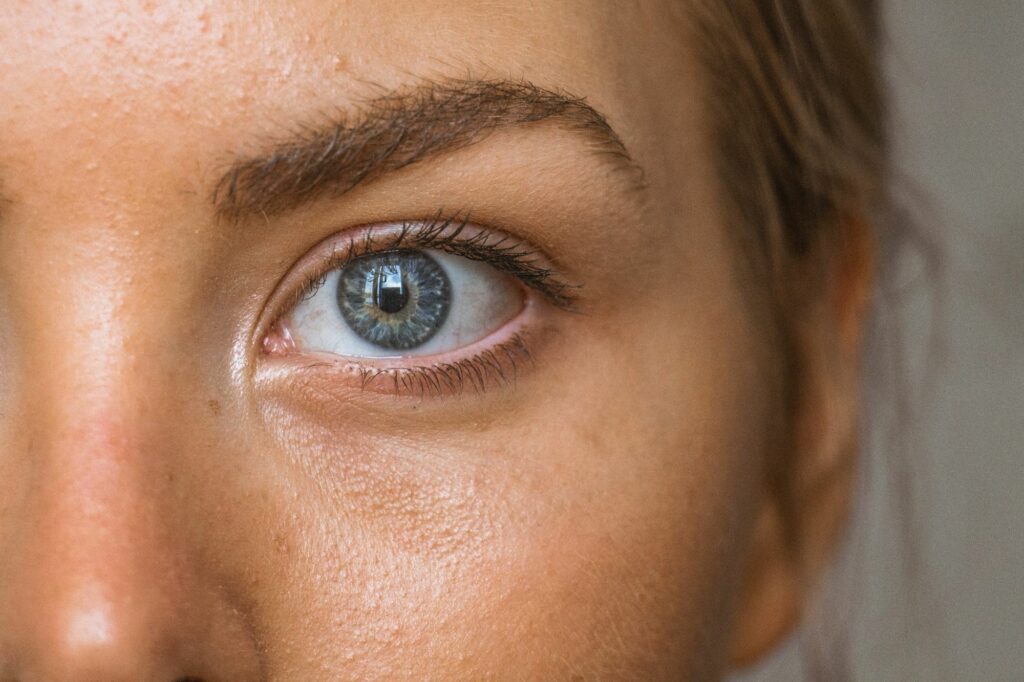
Duration
Botox, while not permanent, offers a temporary solution for wrinkles and fine lines. On average, its effects last 3–6 months. However, several factors influence the duration: age, muscle mass, injection technique, dilution of the toxin, volume of the solution, and the positioning of the injection. Some research suggests that having multiple anti-wrinkle injections in the same area may increase the duration of the effects.
For those hoping to maximise the longevity of the treatment, it’s crucial to receive injections from an experienced and certified medical practitioner who uses effective techniques and to follow aftercare guidance carefully.
Starting Age
Botox is approved in for use on adults above the age of 18 in the UK, although experts suggest that mid to late 20s or even 30s are better age ranges to begin preventative Botox therapy. It works best as fine lines and wrinkles begin to appear and can prevent them from growing due to muscles movement in the face.
An 18 year old is unlikely to have developed these fine lines at all meaning it would be impossible to tell where injections would be effective.
There is a point where Botox treatment is unlikely to prevent or reverse the development of fine lines, but because the injections work by relaxing the muscles of the face, there isn’t really an upper age limit where Botox completely stops being effective, it has the potential to make anyone look younger.
Where Does Botox Go When It Wears Off?
Botox, composed of a neurotoxin that temporarily relaxes facial muscles, suppresses targeted wrinkles, making you look younger. However, its effects last only 3 to 4 months. Once it wears off, maintenance doses are needed to retain results. Contrary to a common misconception, Botox doesn’t make you look older when it dissipates. Instead, regular treatments can even make you look younger after the neurotoxin wears off.
But what happens to Botox in your system? The neurotoxin protein blocks neurotransmitters from engaging with facial muscles. Over time, Botox components break down into harmless amino acids, excreted through the kidneys or used in other proteins. So, whether it leaves your system completely or gets recycled, Botox remains a safe and effective option for maintaining a youthful appearance.
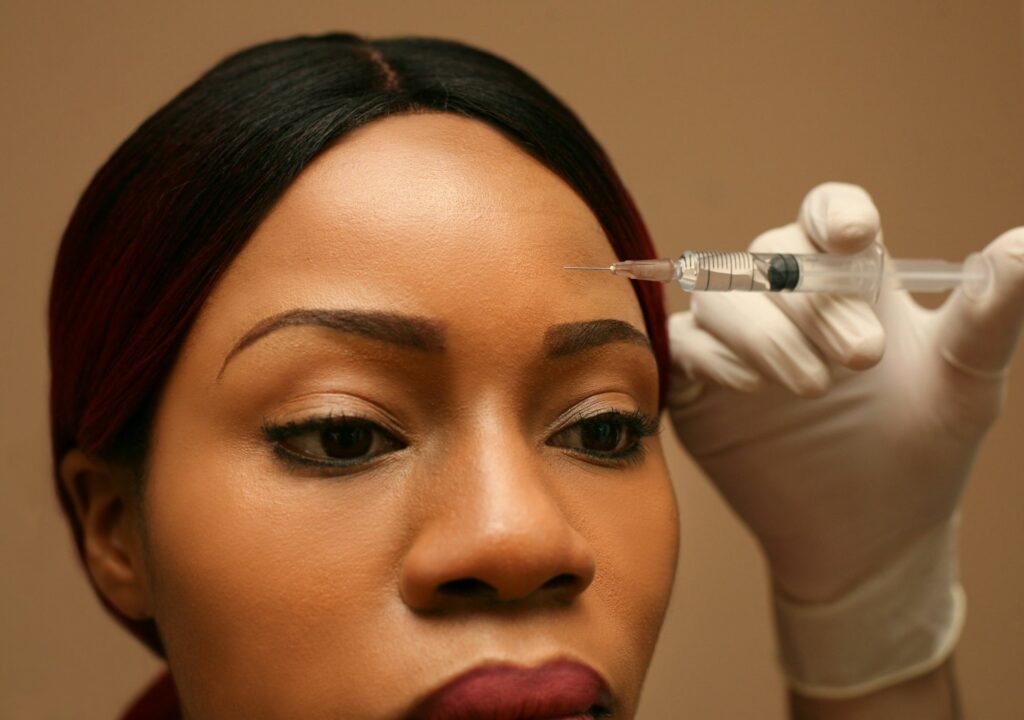
So is Botox right for you?
In the quest for youthful skin, Botox emerges as a powerful ally. As we’ve explored, this injectable substance temporarily relaxes facial muscles, effectively reducing wrinkles and fine lines. But beyond aesthetics, Botox also plays a role in treating certain health conditions.
Remember that Botox isn’t a one-time solution; its effects last around 3–6 months. Factors like age, muscle mass, and injection technique influence its longevity. Starting treatments early, even in your 20s, can be preventive, maintaining a refreshed appearance.
As Botox gradually wears off, rest assured—it doesn’t make you look older. Instead, it remains a safe and effective choice. Consult a professional to tailor your anti-wrinkle journey to your unique needs and goals.
So, whether you’re aiming to soften crow’s feet or address frown lines, Botox could be your temporary magic wand for timeless beauty.
Botox injections are available at our Southampton Clinic. Find more info here or book now here.
